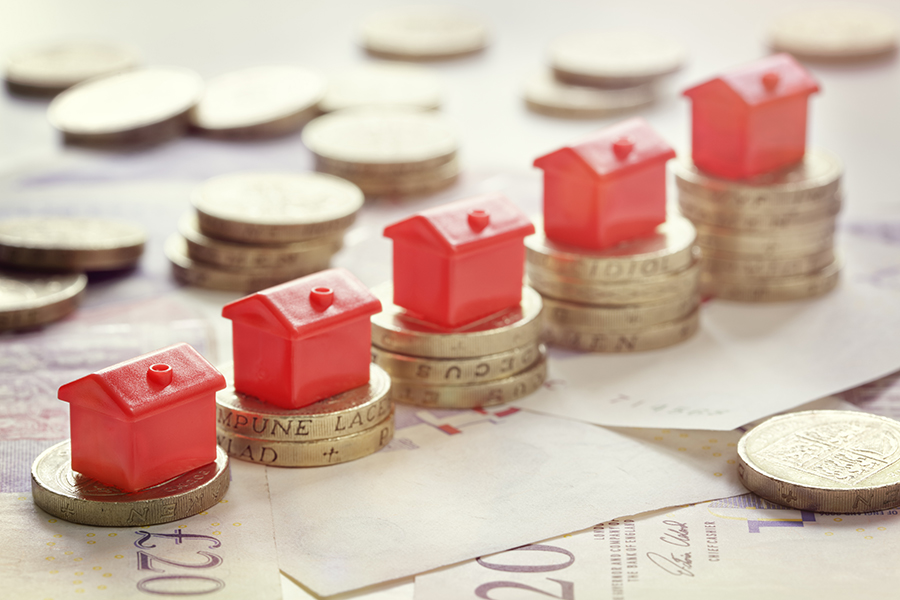When you think about flipping a house a lot of thoughts come to mind. Everything from excitement at the challenge and potential return to fear of the challenge and the potential risk. With this succinct guide, you’ll learn how to go from a fixer-upper to a turnkey rental property earning residual income machine.
#1. Find a house, do your math and write your flippin’ list
So you’ve found a house. The location is desirable (enough). Now you need to determine if you’ll get out more than you’ll put in to make your real estate investment a success. What needs to be flipped? What does it cost? How long will it take? Will you need permits? Will you be doing the work or hiring someone? Be thorough! Determine the cost and time to completion. Then tack on another 20% for anything you missed or any incidentals. Is it still worth buying? Move on to step 2!
#2. You found a house, now find a better inspector
The last thing you want to do is buy a property only to find that it’s riddled with expensive problems. The best safeguard against these unknowns (and this still doesn’t guarantee that everything is perfect) is to hire an experienced inspector. These types of problems, when caught before the purchase can potentially reduce the sale price of the house or make you walk away entirely. Buyer beware if you don’t get a good inspector. Has the inspector determined that the house is in good shape? Move on to step 3!
#3. It’s demo day
Start by removing anything and everything that doesn’t need to be there. Why? You don’t have to finish doing the dining room, perfectly refinishing those stately wood floors, only to scuff them while removing an outdated cabinet or appliance from the kitchen.
#4. Ceilings, walls, floors
Work-top down on any drywall or flooring repair work and any plumbing or wiring (don’t forget the proper permits!). You’ll be really bummed if you realize you forgot to put a light switch in the bedroom you recently drywalled.
#5. Clean up
Save yourself a headache and clean up after yourself every time you do work. This reduces the risk of all sorts of things from accidental fires to loose nails that can stick in your shoes and ruin your floors.
#6. Room by room
Once repairs and other such work are complete it’s time to make it shine. Paint the ceiling, paint the walls, add pre-painted or stained trim as needed. Lay flooring or refinish what’s there. Put on your light switch and outlet covers. Dust, sweep, and vacuum. Job done.
#7. (OPTIONAL) Stage it
Depending on the purpose of your flip, be it a rental property or selling for more than you paid (hopefully!), you may want to stage it. You can lightly and nicely decorate it to show people the charm that it has once it has been occupied. This is what they do at the end of everyone’s favorite home flipping shows. It’s amazing what a nicely placed throw pillow can do to make a space look more inviting and get a higher sale price.
This easy to follow step-by-step guide may seem light on the details and that’s deliberate. Just like people, every house is different. You just need the basics to get started. Flipping houses is a learn as you go process. The more houses you flip, the better you’ll be able to plan. A word of advice, don’t bite off too much on your first attempt. Flipping houses can be a fun, rewarding and lucrative experience when the proper house and planning are involved.
Interested in making smarter investments? Contact Detroit Investment Deals! With over 40 years of managing business right here in Detroit, we can offer your turnkey the best-customized service. Call today!

